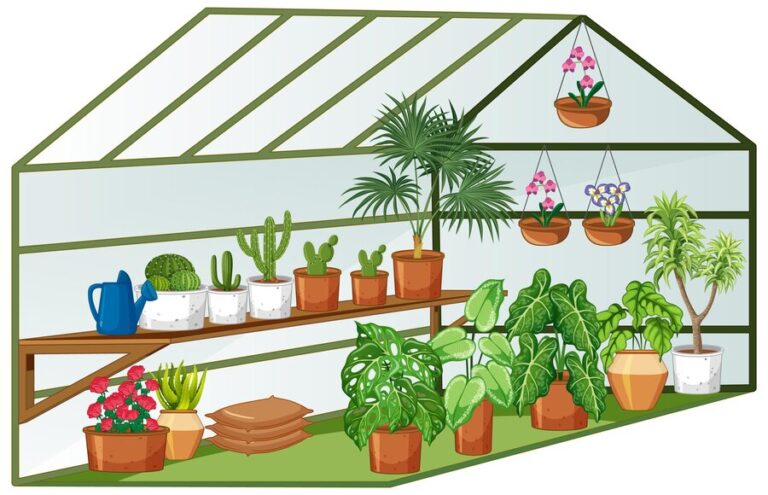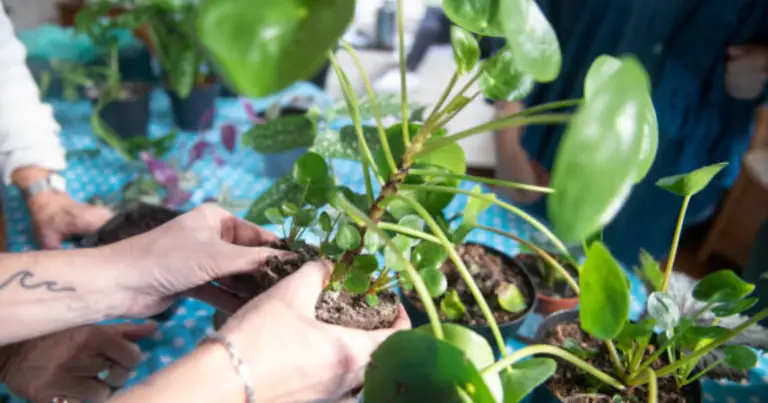Mini Sweet Peppers: How to Grow Them Hydroponically
Table of Contents
Delicious Recipes and Culinary Uses for
In the world of culinary delights, there is an array of delicious recipes and innovative culinary uses for a variety of ingredients. From fresh herbs and spices to exotic fruits and vegetables, the possibilities are endless. These recipes not only tantalize the taste buds but also showcase the creative potential of ingredients in the kitchen.

One delectable recipe that has gained popularity in recent years is the avocado toast. This simple yet flavorful dish has taken the breakfast and brunch scene by storm, offering a nutritious and satisfying option for those looking to start their day off right. The creamy texture of the mashed avocado pairs perfectly with a sprinkle of sea salt and a drizzle of olive oil on a slice of toasted bread. Additions like sliced tomatoes, feta cheese, or a poached egg can elevate this dish to new heights. The versatility of avocado as a culinary ingredient is commendable, as it can be incorporated into a variety of recipes, from salads to smoothies, making it a must-have in any kitchen.

When it comes to culinary uses for herbs, there are a multitude of options to explore. Basil, with its distinct aroma and flavor, is a favorite among cooks worldwide. This herb can be employed in a variety of dishes, from classic Italian pasta sauces to refreshing summer salads. Combining fresh basil with garlic, pine nuts, Parmesan cheese, and olive oil creates a delightful pesto sauce that can be used as a versatile condiment. Additionally, the fragrance of mint can add a refreshing twist to both sweet and savory recipes. Whether infused in tea, sprinkled over salads, or used in desserts like chocolate-mint cupcakes, mint leaves bring a burst of freshness to any dish.
In the world of culinary arts, the possibilities are limited only by one’s imagination. Exploring the depths of flavors, combining ingredients in unique ways, and experimenting with recipes can result in delectable creations that satisfy both the palate and the soul. So, whether you are a seasoned home cook or a culinary enthusiast looking for inspiration, these recipes and culinary uses are sure to elevate your culinary adventures.
The advantages and disadvantages of growing Mini Sweet Peppers hydroponically:
Advantages of Growing Mini Sweet Peppers:
| Advantage | Explanation |
| 1. Faster Growth Rates | Hydroponically grown peppers tend to grow faster than their soil counterparts due to consistent access to nutrients and optimized conditions. |
| 2. Disease and Pest Control | Hydroponic systems reduce the risk of soil-borne diseases and pests, providing a healthier environment for pepper plants. |
| 3. Enhanced Flavor and Aroma | Hydroponically grown peppers often exhibit better flavor and aroma compared to soil-grown ones. |
| 4. Bigger, Heavier Plants | Hydroponic methods can result in larger and more robust pepper plants. |
Disadvantages of Growing Mini Sweet Peppers Hydroponically:
| Disadvantage | Explanation |
| 1. Initial Setup Cost | Setting up a hydroponic system can be expensive due to equipment, nutrient solutions, and lightening requirements. |
| 2. Maintenance Complexity | Hydroponic systems demand regular monitoring and adjustments to maintain optimal nutrient levels, pH, and water quality. |
| 3. Electricity Dependency | Hydroponics relies on electricity for lighting, pumps, and other components, which can increase operational costs. |
| 4. Learning Curve | Beginners may need time to learn the intricacies of hydroponic gardening. |
Remember that while hydroponic methods offer advantages, they also require careful attention and investment.
To Know More About Mini Sweet Peppers: How to Grow Them Hydroponically, Watch This Video!
What are some delicious recipes that can be made using the culinary ideas mentioned in this article?
Some mouthwatering recipes that you can try include: [insert specific recipes and their brief descriptions].
Can the culinary uses mentioned in this article be adapted for dietary restrictions, such as gluten-free or vegan diets?
Absolutely! Many of the culinary ideas and recipes mentioned can be easily adapted to suit specific dietary restrictions. For gluten-free options, you can substitute gluten-containing ingredients with gluten-free alternatives. For vegan diets, you can replace animal-based ingredients with plant-based alternatives.
Are there any specific safety precautions to keep in mind while trying out these recipes and culinary techniques?
Yes, safety should always be a priority in the kitchen. Some general safety precautions to follow include: ensuring proper food hygiene, using sharp knives carefully, using caution when handling hot equipment or ingredients, and being mindful of potential allergens. Always read and follow recipe instructions carefully to avoid any mishaps.
Can the recipes mentioned in this article be easily scaled up or down for different serving sizes?
Yes, most of the recipes provided can be adjusted to accommodate different serving sizes. Simply multiply or divide the ingredient quantities according to your desired number of servings. However, for complex recipes, it is recommended to follow the instructions and proportions provided by the recipe author.
Where can I find some of the more unique ingredients mentioned in these recipes?
Specialty or gourmet grocery stores, ethnic markets, and online retailers are great places to find unique ingredients mentioned in the article. Additionally, some ingredients may be available at farmer’s markets or directly from local producers. It’s worth exploring these options to enhance your culinary creations.
Can I make substitutions for certain ingredients if I don’t have them on hand?
Yes, you can often make substitutions for certain ingredients if you don’t have them readily available. However, keep in mind that substitutions may alter the taste and texture of the final dish. It’s best to consult a reliable cooking resource or chef for suitable alternatives to maintain the desired flavor profile.
Are there any specific cooking utensils or equipment required for these recipes?
The article did not mention any specific cooking utensils or equipment required for the recipes. However, it’s always a good idea to have basic kitchen tools such as pots, pans, knives, cutting boards, measuring cups, and spoons on hand. Some recipes may require specific tools mentioned in their instructions, so it’s important to read the entire recipe before starting.
Can I make these recipes in advance and store them for later use?
Depending on the specific recipe, some dishes can be made in advance and stored for later use. However, it’s essential to follow proper food storage guidelines to ensure freshness and safety. Refrigeration or freezing may be necessary for certain recipes, so it’s best to consult the recipe instructions or a culinary expert for specific recommendations.






